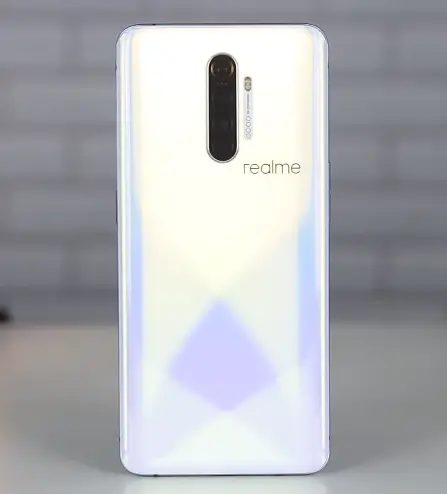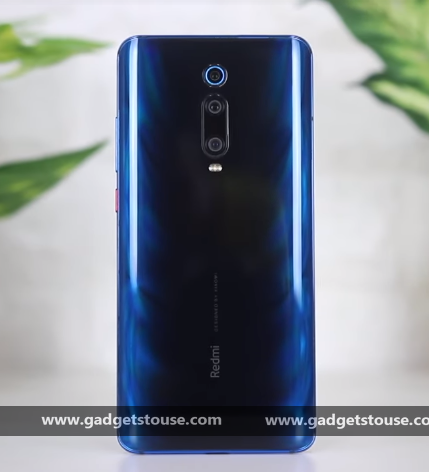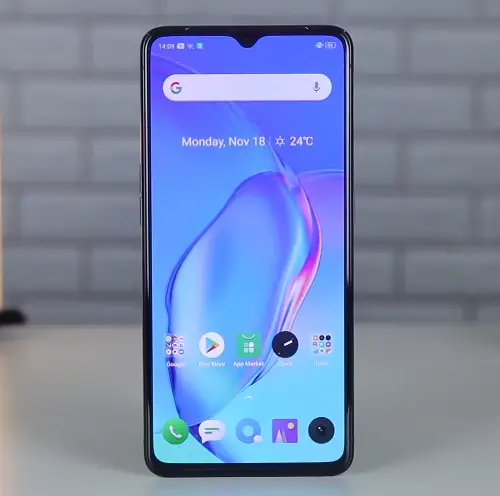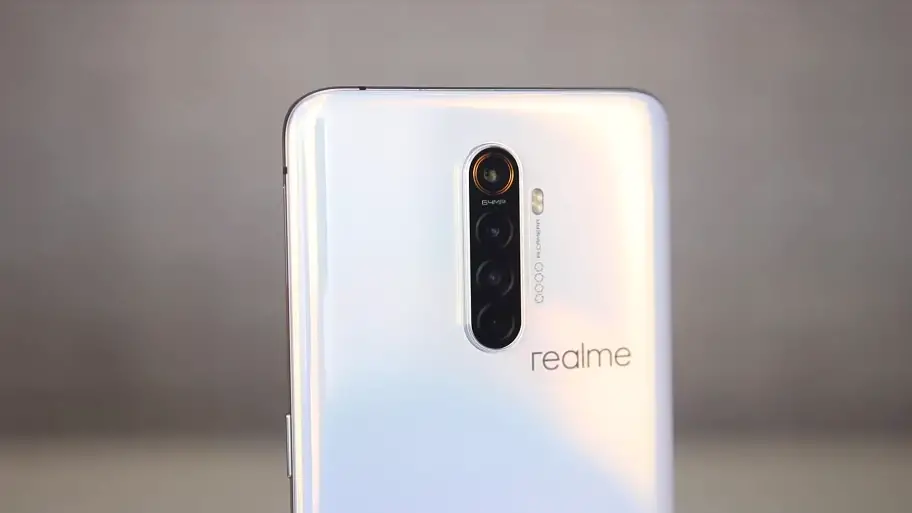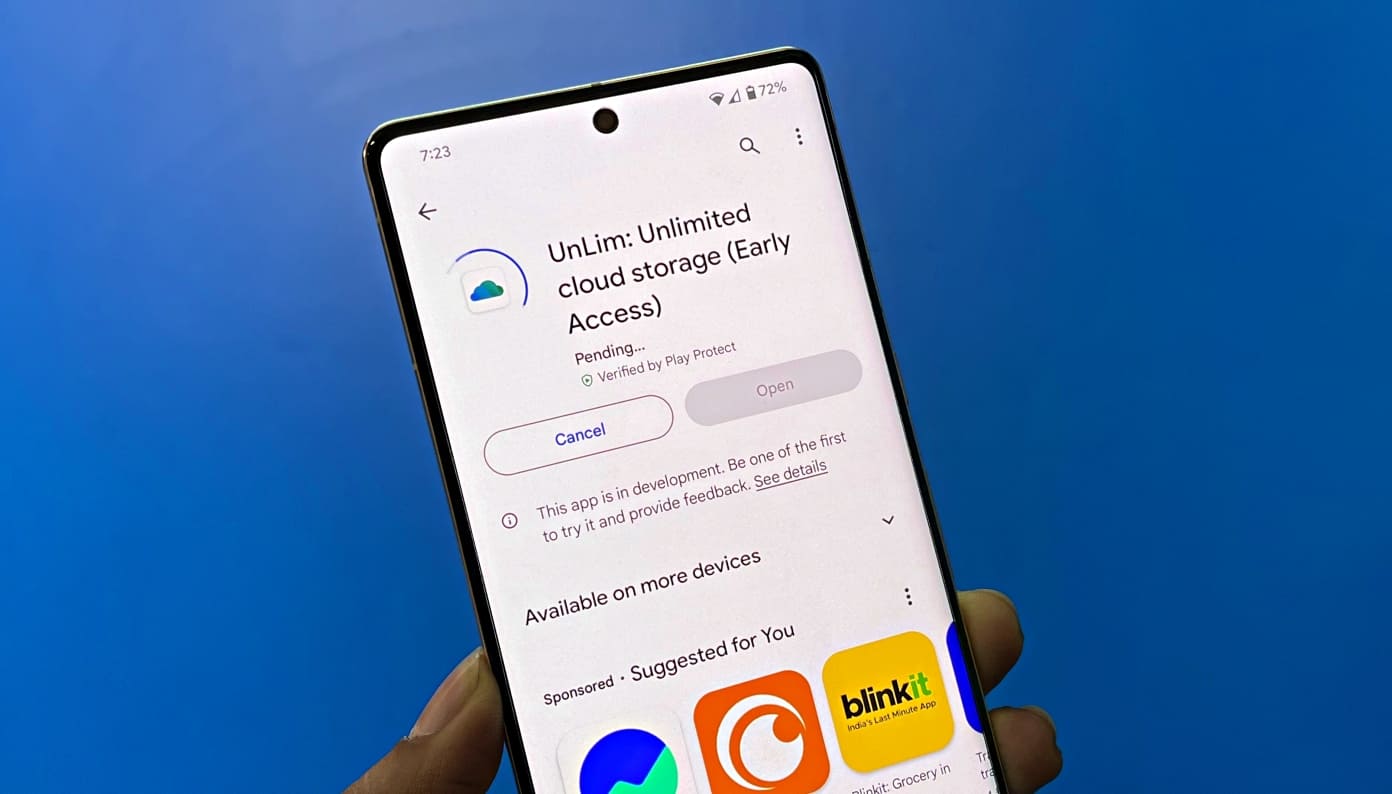Realme has now finally unveiled the much-anticipated Realme X2 Pro in the Indian market. And the new flagship’s closest competitor is indeed the very popular Redmi K20 Pro that has already been in the market for a while now.
Now, the X2 Pro is a very different move for the company, taking a direct jump from budget smartphones to the entry-level premium segment. Having said that, is the newcomer any better to compete with India’s cheapest flagship smartphone? Well, let’s check out the same in our Realme X2 Pro Vs Redmi K20 Pro spec-based comparison.
Realme X2 Pro Vs Redmi K20 Pro- Which is Better?
Design & Build: Water-drop notch vs. No notch
At first glance, you’ll notice that both phones look different in their own ways. The Realme X2 Pro borrows certain quirks from its sibling, i.e., the Realme X, including the centrally-placed camera module and aluminum rail running along the sides of the device. But there’s now a glass back with new colors including the premium looking Lunar White option.
The Redmi K20 Pro, on the other hand, follows a rather flashy design profile, especially with Red and Blue variants. The White version looks as subtle and premium as the Realme, though. Moving further, the device flaunts a glass back that merges seamlessly with the chassis and houses a segregated triple camera module.
Now, it gets two things which the Realme X2 Pro doesn’t, i.e., the notch-less display and the pop-up camera. Yes, the Realme X2 Pro still uses the old-school water-drop notch, akin to the OnePlus 7T. While design preferences vary from person to person, we’ll have to give it to the Redmi K20 Pro for the additional perks it carries in this category.
Display: Boils down to the refresh rate
The Realme X2 Pro comes with a 6.5-inch Super AMOLED screen with a Full-HD+ resolution of 2,400 x 1,080 pixels, aiding to a pixel density of 402ppi. Plus, it also flaunts a high refresh rate of 90Hz, accompanied by Corning Gorilla Glass 5 protection. Whereas, the K20 Pro has a smaller 6.39-inch Super AMOLED panel with 1080 x 2340 pixels resolution and a layer of Gorilla Glass 5- no 90Hz here.
Now, it’s not only the high refresh rate that makes the panel on X2 Pro better. Instead, it also gets a higher peak brightness of 1,000 nits that outclasses the Redmi’s 600 nits cap in the auto mode. But then again, the K20 Pro offers a more immersive experience with its notch-less panel. Anyways, both the phones come with optical in-display fingerprint scanners.
Performance: Newer is better
The Redmi K20 Pro comes with Qualcomm Snapdragon 855 SoC, bundled with up to 8GB of RAM and 256GB of UFS 2.1 storage. While in comparison, the Realme X2 Pro boasts of newer Snapdragon 855+ and UFS 3.0 storage.
For starters, the Snapdragon 855+ is an overclocked version of 855 that offers a 4.2% boost in CPU performance and a 15% boost in GPU performance. Plus, the UFS 3.0 storage provides much faster read and write speeds compared to UFS 2.1 standard. So yeah, while the Realme X2 Pro will perform better, the K20 Pro isn’t very far.
Software: ColorOS vs MIUI
Just like any other Xiaomi phone, the Redmi K20 Pro runs MIUI, which has now been updated to MIUI 11, built on top of Android 10. Whereas, the Realme X2 Pro runs ColorOS 6.1 based on Android 9 Pie.
Both the UIs are highly skinned versions of Android and offer tons of features for people who love customization. So it’s completely on you what to go for. Anyway, the K20 Pro has an advantage of the insane developer community support, and there are already a number of custom ROMs available for the device on XDA.
Cameras: 64MP vs 48MP
Things get quite interesting in the camera department. For starters, the Redmi K20 Pro gets the popular 48-megapixel Sony IMX586 sensor paired with a 13-megapixel ultra-wide-angle unit and an 8-megapixel telephoto camera. It also gets a 16-megapixel pop-up camera for selfies.
The Realme X2 Pro, on the other side, flaunts a much better 64-megapixel Samsung GW1 sensor for the primary camera. Besides, there’s a 13-megapixel telephoto lens, an 8-megapixel super-wide-angle lens, and a depth camera, followed by a 16-megapixel selfie camera up front.
Now, the latter has a clear advantage in terms of better sensors, more resolution, and of course, more versatility with the quad-camera array. Nevertheless, we will try bringing up a detailed camera comparison of both the devices.
Battery & Charging: Same capacity, different charging speeds
The K20 Pro gets a really long endurance, thanks to the massive 4,000mAh battery inside. Plus, it also boasts support for 27W Supercharging. However, note that you only get an 18W charger bundled in the box.
In comparison, things only get better with the Realme X2 Pro. While the battery capacity remains the same, it features a much newer and faster 50W SuperVOOC Flash Charging solution, touted to charge the phone fully in just 33 minutes. As a matter of fact, the K20 Pro takes about 80 minutes to juice up using the 27W SuperCharger.
Realme X2 Pro Vs Redmi K20 Pro- Verdict
Evidently, the Realme X2 Pro turns out to be the better of the duo in most aspects. It’s got a smoother display, better cameras, a slight bump in performance, and way faster-charging technology. But then again, the K20 Pro has its own perks of the pop-up camera, notch-less design, and insane third party development.
The current selling price of K20 Pro is Rs. 25,999 for the base model with 6GB of RAM and 128GB of storage. Whereas the X2 Pro starts at Rs. 29,999 for the 8/128GB model. As expected, the X2 Pro is costlier than the former and that too by Rs. 4,000.
In the end, it all boils down to your priorities whether you want top-notch everything with a small compromise in design and software or just good enough everything at a cheaper price tag. Anyways, what would you pick from the two? Let us know in the comments below. Also, feel free to reach us in case of any doubts or queries.
Also, read Redmi K20 vs Realme X: Who is the new mid-range king?
